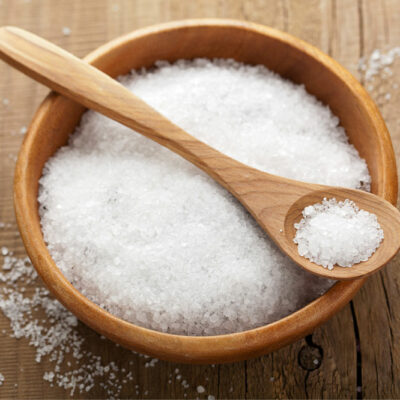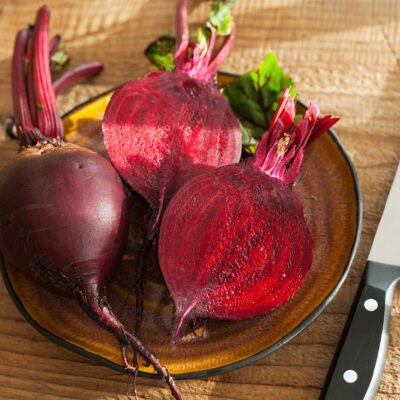
4 silent warning signs of hemophilia
Hemophilia is a rare, inherited condition in which a person lacks certain blood clotting proteins. The absence or low levels of these clotting factors means their blood won’t clot after sustaining any injury. Several symptoms of hemophilia may seem harmless and quite common on the surface; however, these are some underrated indications of this disorder in individuals. Here are a few silent symptoms of hemophilia that one must not ignore. Frequent nose bleeds Nosebleeds are common among many people during the winter months. During this period, people get nosebleeds as they spend time indoors often. The heated indoor air dries out one’s nasal passageways, making blood vessels weak. Eventually, the blood vessels rupture and cause nosebleeds. Sudden nosebleeds are a critical indicator of hemophilia. So, one must consult their local healthcare expert when they experience this symptom. Joint pains Frequent instances of internal bleeding can indicate hemophilia. This bleeding is caused by internal cellular and tissue fragility that causes frequent internal bruising and blood loss. These factors lead to joint pains in a person’s knees, hips, ankles, shoulders, elbows, or other areas. Most people may ignore joint pains as just another injury or sprain; however, one must consult a healthcare expert if one experiences prolonged joint pain.
Read Article 









